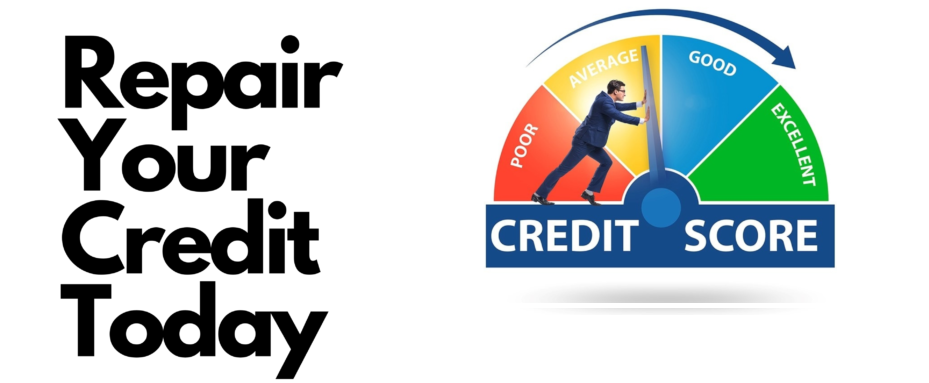Welcome to our blog post where we delve into the fascinating world of personal finance. Today, we are going to explore the distinctions between credit cards, lines of credit, and personal loans, and discuss the advantages and disadvantages of each. By the end of this article, we hope to provide you with a clearer understanding of these financial tools, empowering you to make informed decisions when it comes to managing your money. So, let’s dive right in!
Credit Cards vs Lines of Credit vs Personal Loans – What’s the Difference? Pros and Cons Discussed
Introduction:
When it comes to managing your finances and borrowing money, it’s important to understand the differences between credit cards, lines of credit, and personal loans. Each of these options has its own set of pros and cons, and choosing the right one for your needs can make a big difference in your financial well-being. In this article, we will explore the key differences between credit cards, lines of credit, and personal loans, and discuss their advantages and disadvantages.
Heading 1: Credit Cards
Sub-heading 1.1: What is a Credit Card?
A credit card is a payment card issued by a financial institution that allows cardholders to borrow funds for purchases. It provides a revolving line of credit, which means that you can continuously borrow up to a certain limit as long as you make regular minimum payments.
Sub-heading 1.2: Pros of Credit Cards
- Convenience: Credit cards offer a convenient payment method, allowing you to make purchases both in-store and online.
- Rewards and Benefits: Many credit cards offer rewards programs, such as cashback, travel points, or discounts on purchases.
- Build Credit History: Proper use of credit cards can help build a positive credit history and improve your credit score.
- Emergency Fund: Credit cards can serve as a backup emergency fund when unexpected expenses arise.
Sub-heading 1.3: Cons of Credit Cards
- High-Interest Rates: Credit cards often come with high-interest rates, especially if you carry a balance from month to month.
- Temptation to Overspend: The availability of credit can tempt people to overspend beyond their means, leading to debt accumulation.
- Potential Fees: Credit cards may have annual fees, over-limit fees, and late payment fees, which can add to your overall costs if not managed properly.
Heading 2: Lines of Credit
Sub-heading 2.1: What is a Line of Credit?
A line of credit is a flexible borrowing option that provides access to a certain amount of funds, similar to a credit card. However, lines of credit typically have lower interest rates compared to credit cards.
Sub-heading 2.2: Pros of Lines of Credit
- Flexibility: Lines of credit offer more flexibility in terms of borrowing. You can withdraw funds as needed, up to your approved credit limit.
- Lower Interest Rates: Lines of credit often come with lower interest rates compared to credit cards, resulting in potential savings on interest charges.
- Versatility: Lines of credit can be used for a variety of purposes, such as home renovations, consolidating debt, or covering unexpected expenses.
Sub-heading 2.3: Cons of Lines of Credit
- Application Process: Obtaining a line of credit may involve a more extensive application process compared to credit cards.
- Variable Interest Rates: Some lines of credit have variable interest rates, which means that the interest rate can fluctuate over time.
- Risk of Over-Borrowing: The flexibility of a line of credit can lead to over-borrowing if not used responsibly, potentially leading to financial difficulties.
Heading 3: Personal Loans
Sub-heading 3.1: What is a Personal Loan?
A personal loan is a specific amount of money borrowed from a financial institution, such as a bank, with a fixed repayment schedule and interest rate. Personal loans are often used for larger purchases or to consolidate debt.
Sub-heading 3.2: Pros of Personal Loans
- Fixed Repayment Schedule: Personal loans come with a fixed repayment schedule, allowing you to plan your budget accordingly.
- Lower Interest Rates: Personal loans generally have lower interest rates compared to credit cards, making them an attractive option for large purchases.
- Debt Consolidation: Personal loans can be used to consolidate high-interest debt, simplifying your payments and potentially saving money on interest charges.
Sub-heading 3.3: Cons of Personal Loans
- Application and Approval Process: Personal loans typically require more extensive documentation and a longer approval process.
- Prepayment Penalties: Some personal loans come with prepayment penalties, meaning that you may face additional fees if you pay off the loan earlier than the agreed-upon term.
- Limited Flexibility: Unlike credit cards and lines of credit, personal loans provide a lump sum of money and may not have the same flexibility in accessing additional funds.
Conclusion:
Credit cards, lines of credit, and personal loans are all viable options for borrowing money and managing your finances. Each option has its own set of advantages and disadvantages, and it’s crucial to carefully consider your needs and financial situation before making a decision. Remember to weigh factors such as interest rates, repayment terms, and potential fees when determining which option is best suited for you. Support our channel by choosing your next credit card using one of the card links at [provided links]. Other ways to support this channel include using our Amazon.com link or opening a SoFi Checking/Savings Account. Please note that the credit card information in this article is not guaranteed, and it’s always advisable to confirm the information on the respective financial institution’s website. For more information, please visit our website: [insert website URL]. For business and media inquiries only, please contact Adam Jusko.







